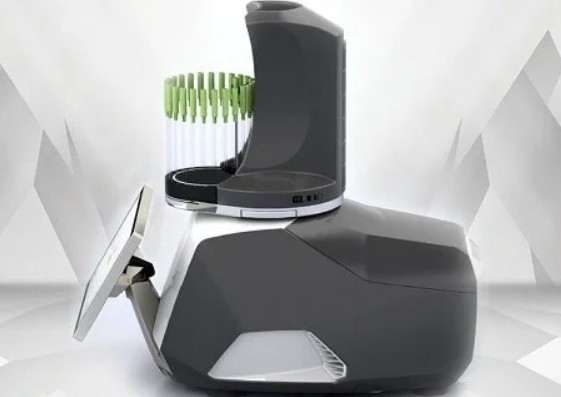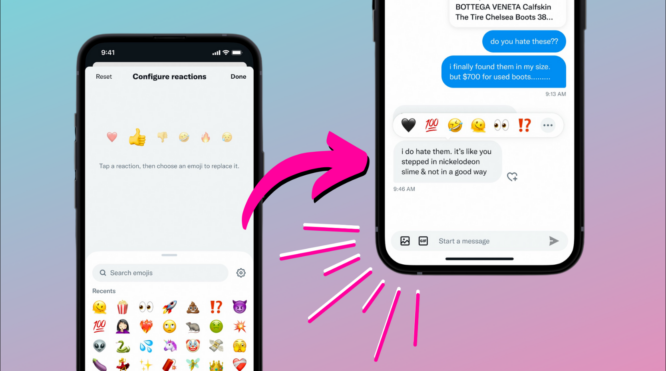Professor Chunsheng Wang, a famous chemist and biochemical engineer at the University of Maryland in College Park, and firm CEO and serial tech entrepreneur Gregg Cooper, Ph.D., established AquaLith.
The business has combined current technologies with material developments to produce a new solution that will soon replace ordinary lithium-ion (Li-ion) batteries.
AquaLith works differently. They employed common materials to make battery technology safer, cheaper, and more efficient.

Water Solution
Li-ion technology powers everything from our phones to our automobiles, but it has concerns. If compromised, conventional Li-ion batteries can explode due to their volatile and flammable liquid electrolyte.
Li-ion batteries create heat when used, and if they fail due to dendrites or external damage, they can quickly heat up uncontrollably and spark fires.
Thus, AquaLith Advanced Materials has been testing techniques to make the electrolyte safer without lowering battery energy density. They added salt to a water-based electrolyte to make it less volatile than lithium salt electrolytes.
Water-based electrolytes are safer and cheaper than lithium-based ones, but their energy densities have been lower, resulting in performance inefficiencies.
Thus, salting a water-based electrolyte might boost efficiency. Salt in a water-based electrolyte developed a coating over the electrodes, boosting their voltage capacity by 150%.1
Better Anodes and Cathodes
Battery electrolytes transmit ions between electrodes. Battery chemistry depends on both electrodes. Wang and Cooper believe graphite anodes in electric vehicle (EV) Li-ion batteries may be enhanced.
Silicon, which is cheaper and lighter than graphite, has been considered as a solution for EVs, where weight is crucial.
As it deteriorate, silicon can no longer store lithium atoms between cycles. Nanoparticles are an expensive and short-lived solution.
AquaLith Advanced Materials’ micro-sized silicon anode lasts longer than nanoparticles and is more stable than regular silicon anodes.
Micro-sized silicon particles lower battery weight by 15-20% and potentially cut 100-Kwh battery cost by 10%.1
AquaLith has made the most progress upgrading Li-ion battery technology with the anode, but the cathode is also improving.
Traditional Li-ion cathodes are NMC or LFP.
LFP cathodes are cheaper but have lower energy densities than NMC cathodes. Wang and Cooper created a hybrid material using lithium bromide, lithium chloride, and graphite.
Graphite helps lithium bromide and lithium chloride complete 500–1000 charging cycles with high energy densities.
AquaLith will now combine these three discoveries and create a functioning anode later this year for testing. Aqualith wants to make its own batteries.
AquaLith’s revolutionary technique might revolutionize energy storage as electric vehicles and renewable energy require better rechargeable batteries.
AquaLith gets exclusive access to the University of Maryland’s lithium-ion battery patent portfolio after being longlisted for The 2023 Spinoff Prize.
Professor Chunsheng Wang, a famous chemist and biochemical engineer at the University of Maryland in College Park, and firm CEO and serial tech entrepreneur Gregg Cooper, Ph.D., established AquaLith.
The business has combined current technologies with material developments to produce a new solution that will soon replace ordinary lithium-ion (Li-ion) batteries.
AquaLith works differently. They employed common materials to make battery technology safer, cheaper, and more efficient.
Water Solution
Li-ion technology powers everything from our phones to our automobiles, but it has concerns. If compromised, conventional Li-ion batteries can explode due to their volatile and flammable liquid electrolyte.
Li-ion batteries create heat when used, and if they fail due to dendrites or external damage, they can quickly heat up uncontrollably and spark fires.
Thus, AquaLith Advanced Materials has been testing techniques to make the electrolyte safer without lowering battery energy density. They added salt to a water-based electrolyte to make it less volatile than lithium salt electrolytes.
Water-based electrolytes are safer and cheaper than lithium-based ones, but their energy densities have been lower, resulting in performance inefficiencies.
Thus, salting a water-based electrolyte might boost efficiency. Salt in a water-based electrolyte developed a coating over the electrodes, boosting their voltage capacity by 150%.1
Better Anodes and Cathodes
Battery electrolytes transmit ions between electrodes. Battery chemistry depends on both electrodes. Wang and Cooper believe graphite anodes in electric vehicle (EV) Li-ion batteries may be enhanced.
Silicon, which is cheaper and lighter than graphite, has been considered as a solution for EVs, where weight is crucial.
As it deteriorate, silicon can no longer store lithium atoms between cycles. Nanoparticles are an expensive and short-lived solution.
AquaLith Advanced Materials’ micro-sized silicon anode lasts longer than nanoparticles and is more stable than regular silicon anodes.
Micro-sized silicon particles lower battery weight by 15-20% and potentially cut 100-Kwh battery cost by 10%.1
AquaLith has made the most progress upgrading Li-ion battery technology with the anode, but the cathode is also improving.
Traditional Li-ion cathodes are NMC or LFP.
LFP cathodes are cheaper but have lower energy densities than NMC cathodes. Wang and Cooper created a hybrid material using lithium bromide, lithium chloride, and graphite.
Graphite helps lithium bromide and lithium chloride complete 500–1000 charging cycles with high energy densities.
AquaLith will now combine these three discoveries and create a functioning anode later this year for testing. Aqualith wants to make its own batteries.
AquaLith’s revolutionary technique might revolutionize energy storage as electric vehicles and renewable energy require better rechargeable batteries.




